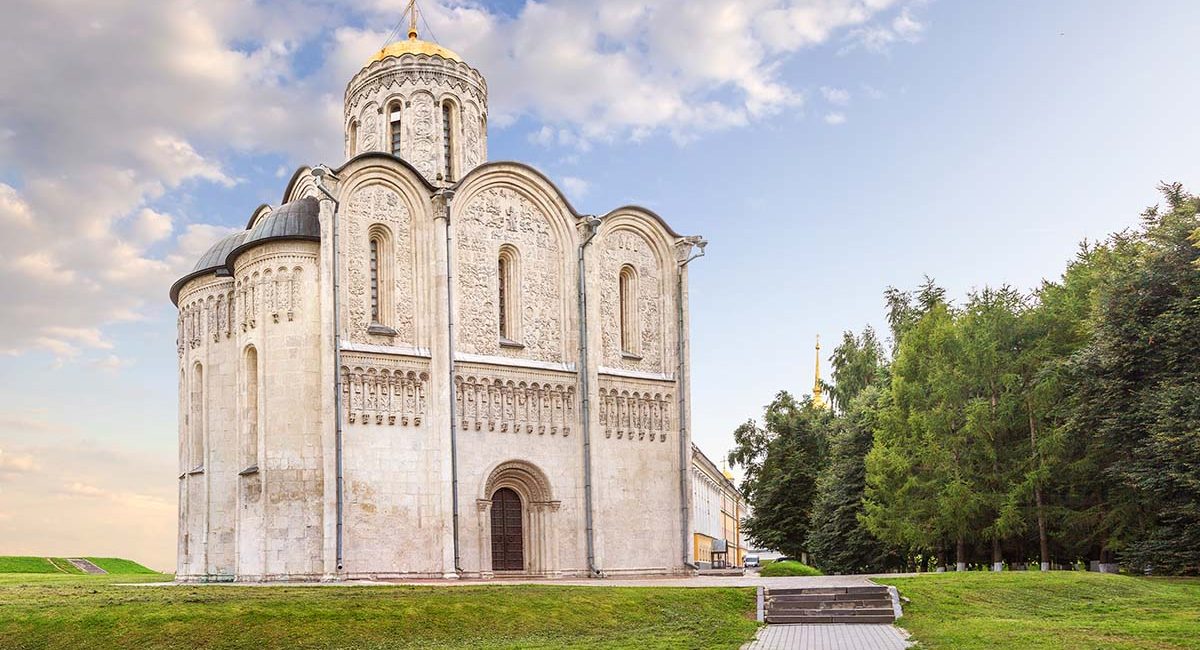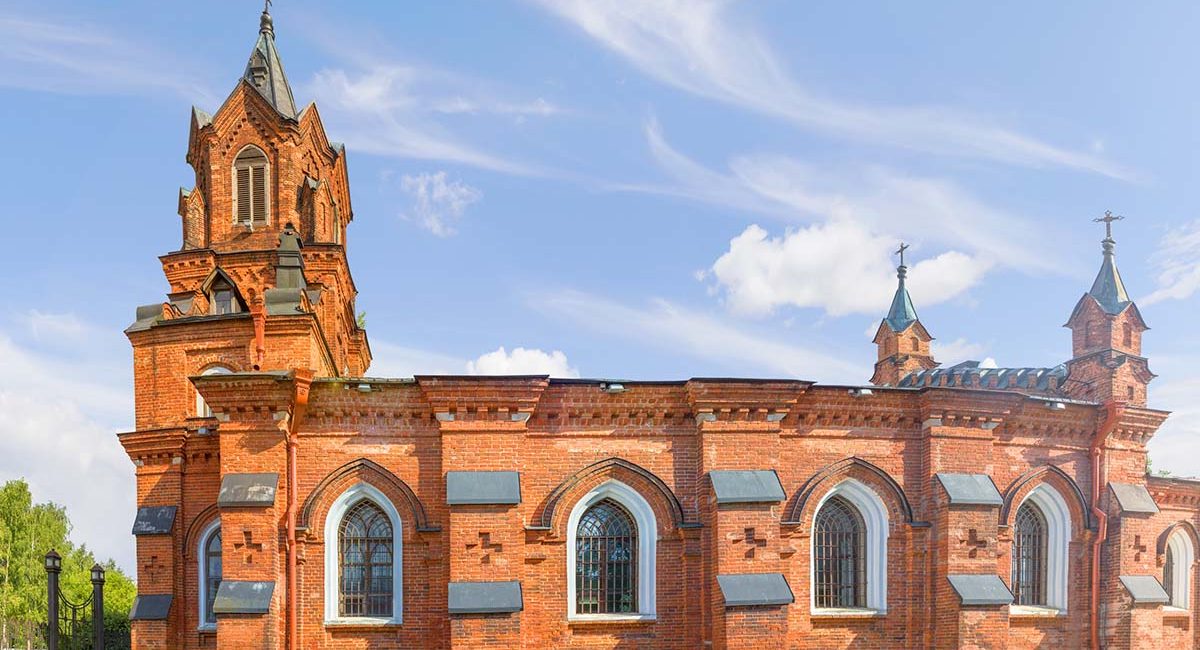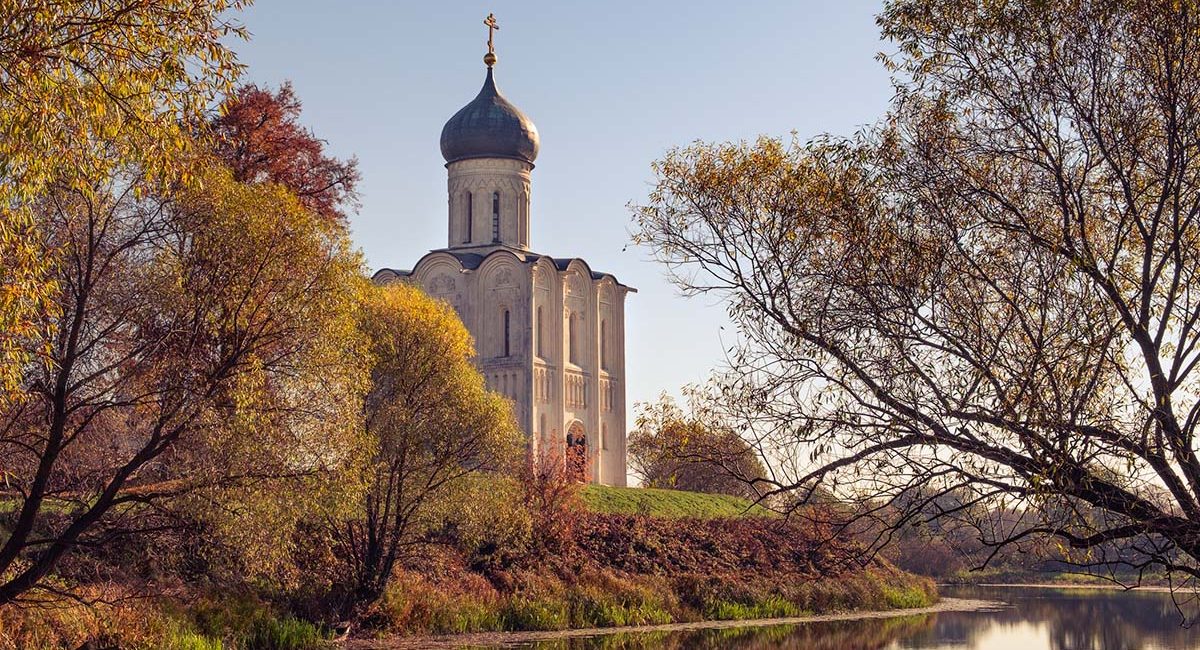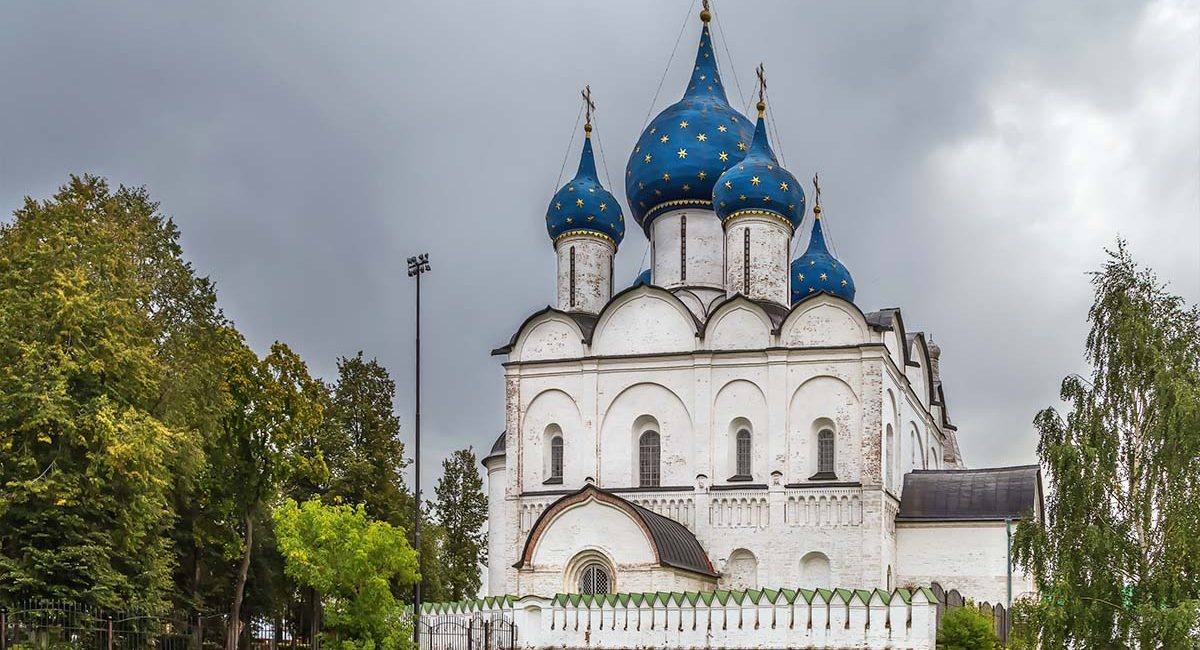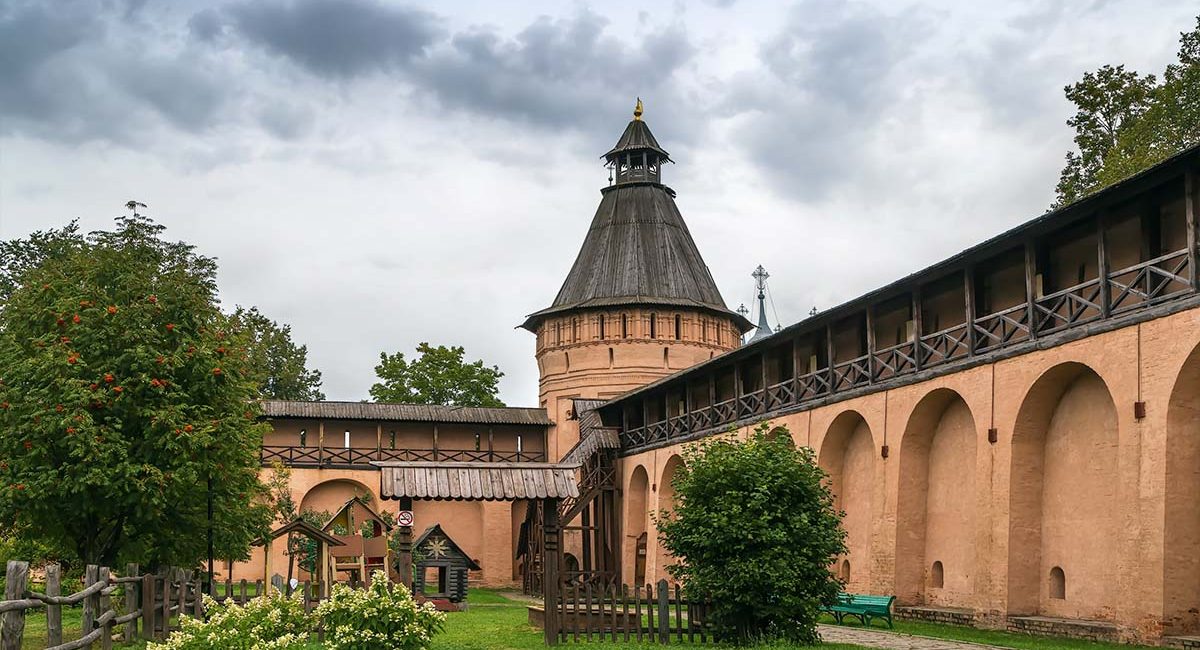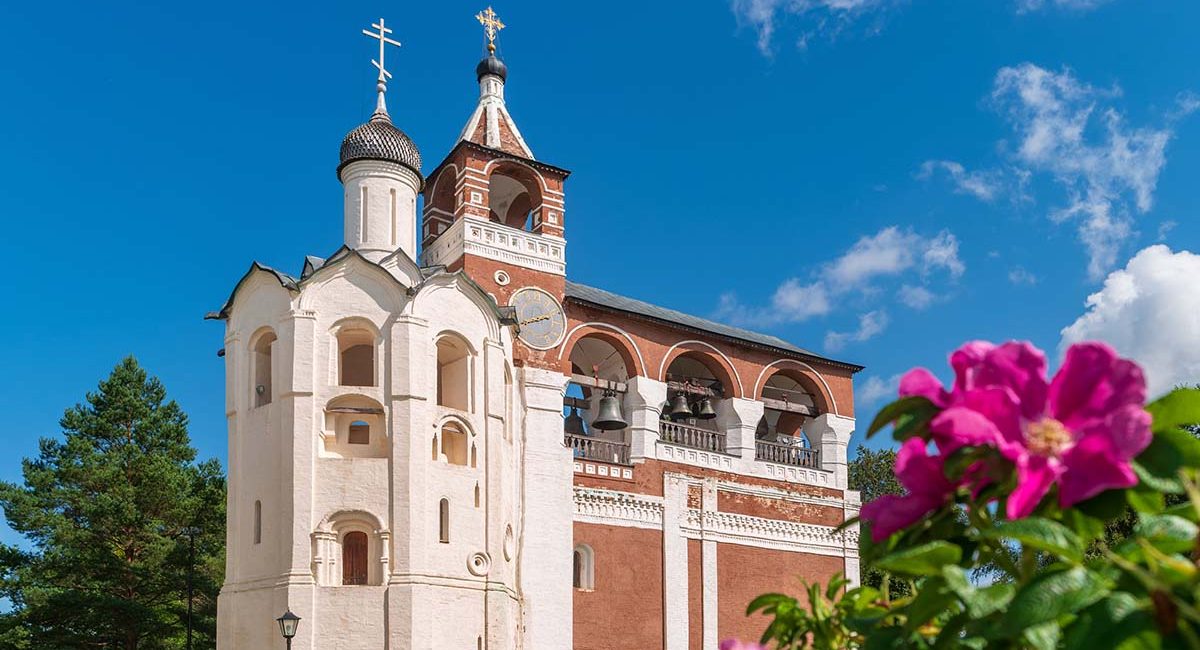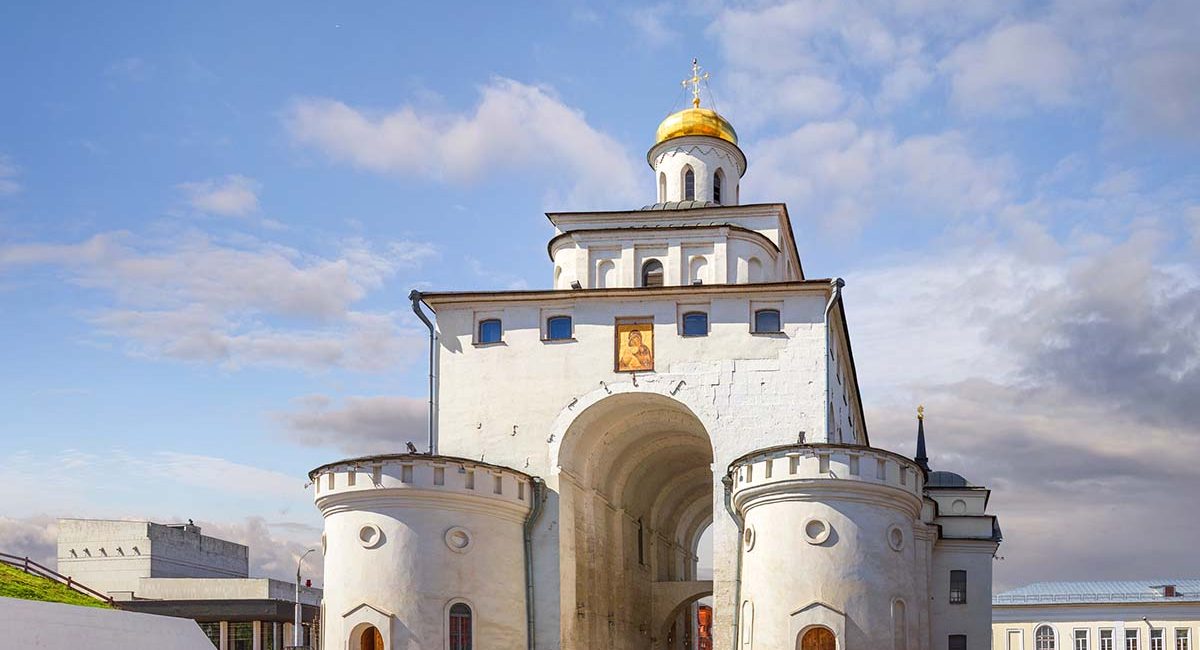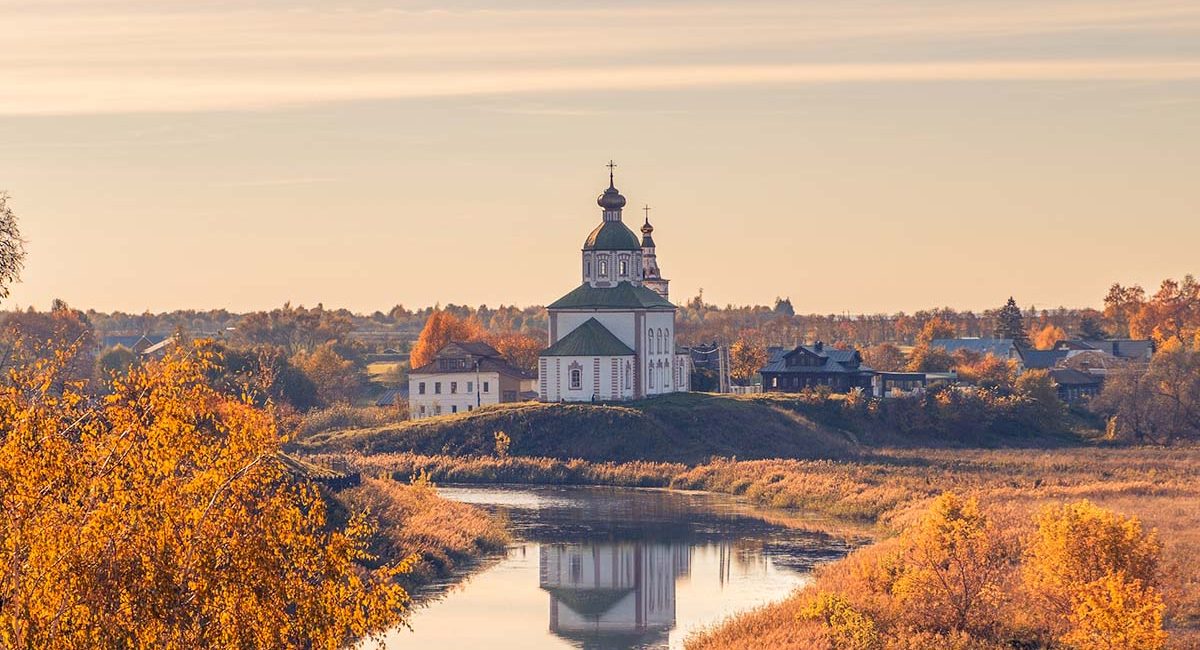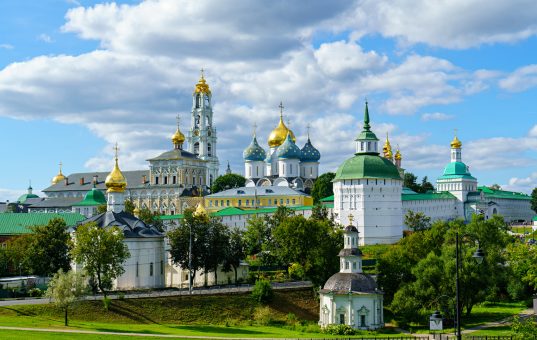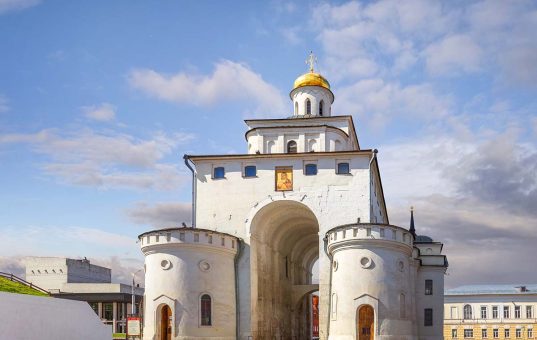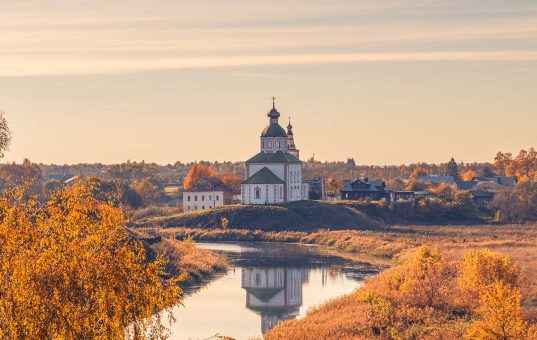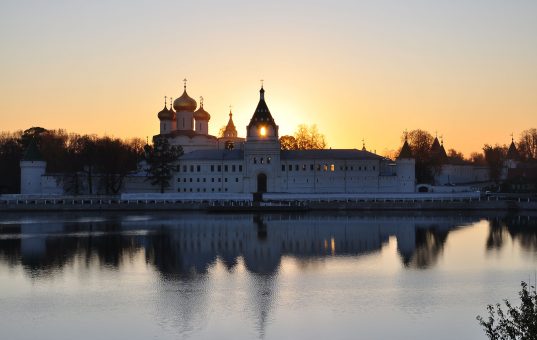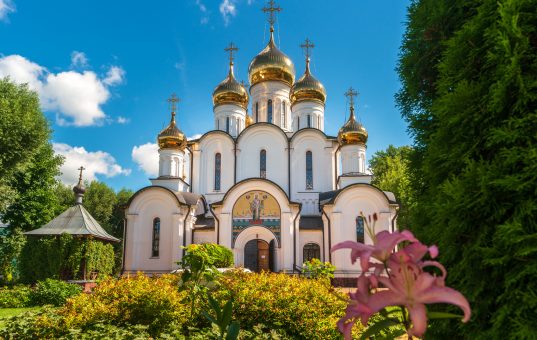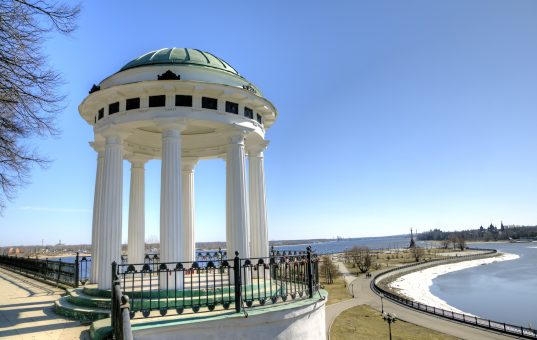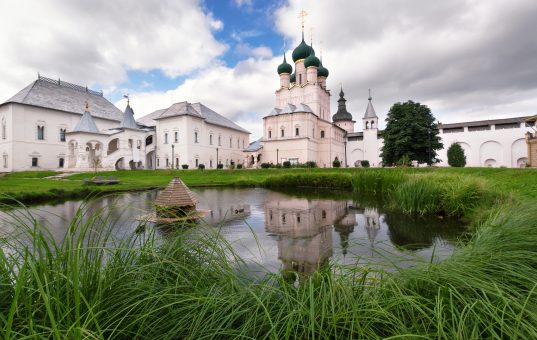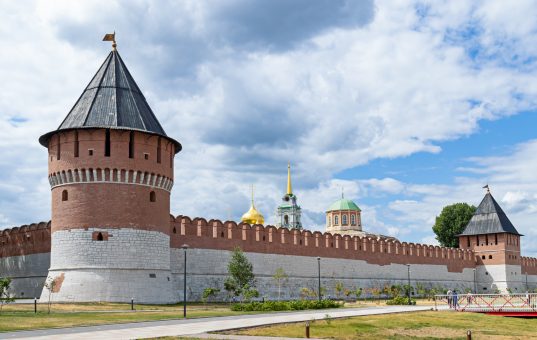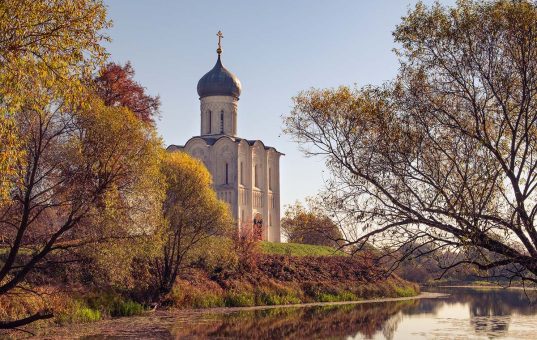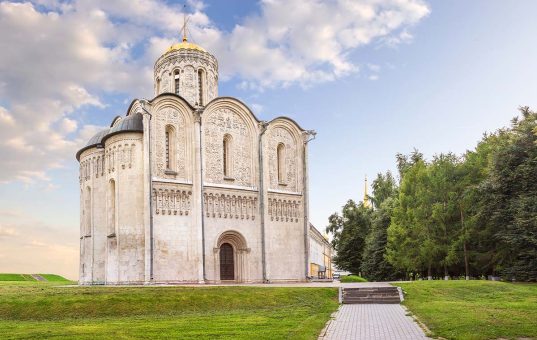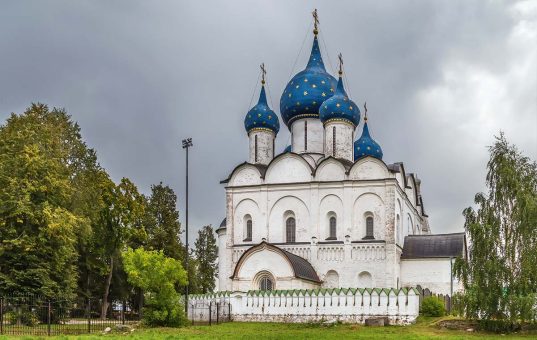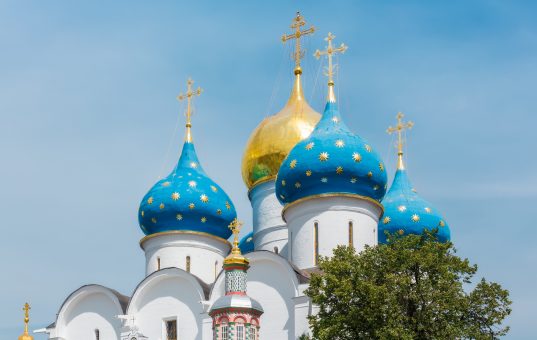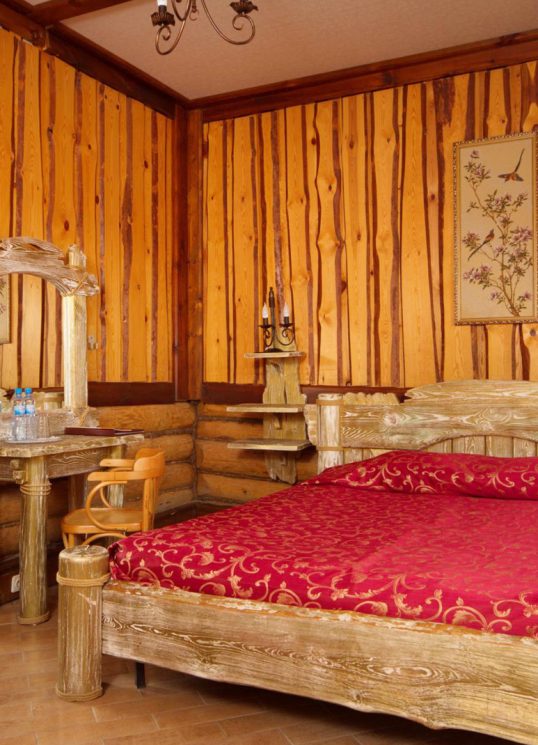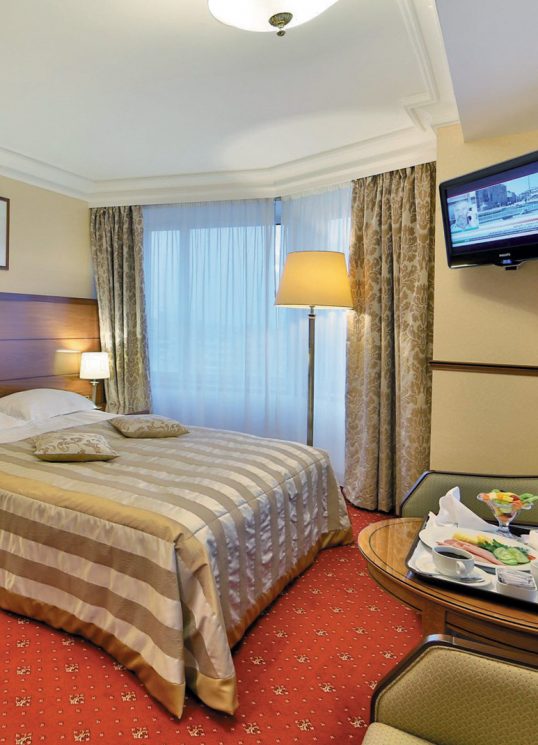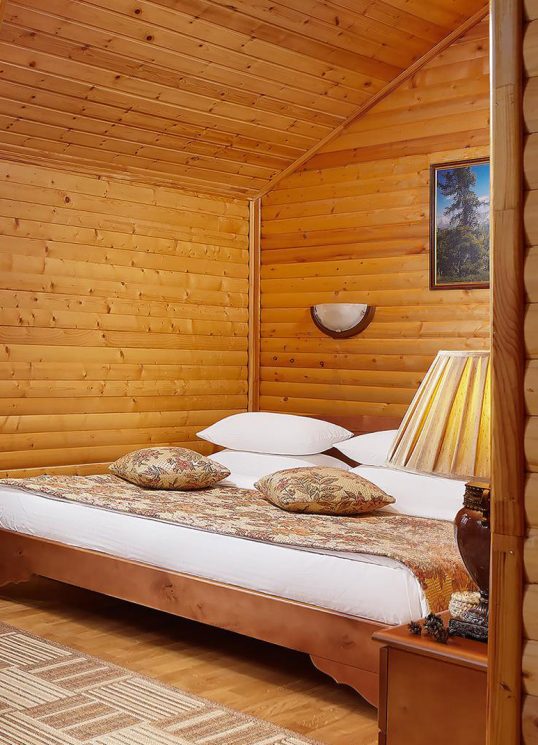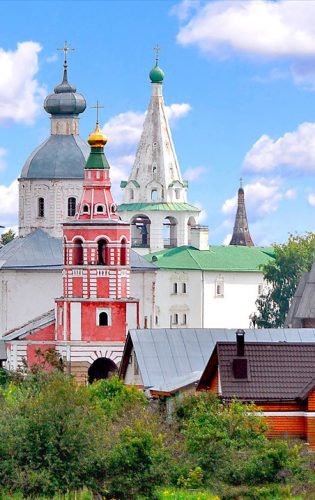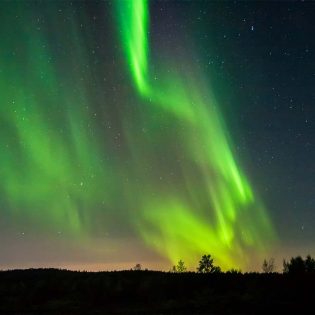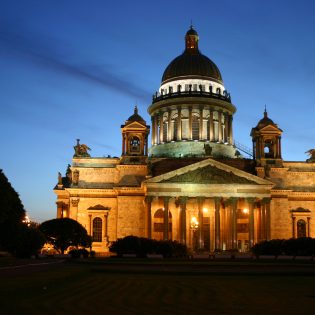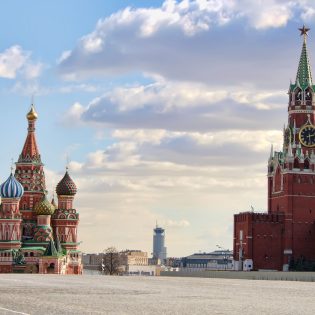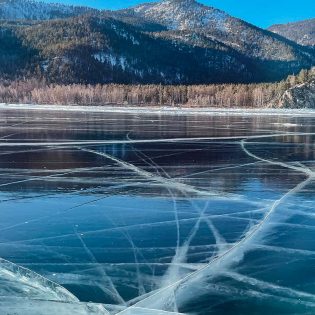Golden Ring
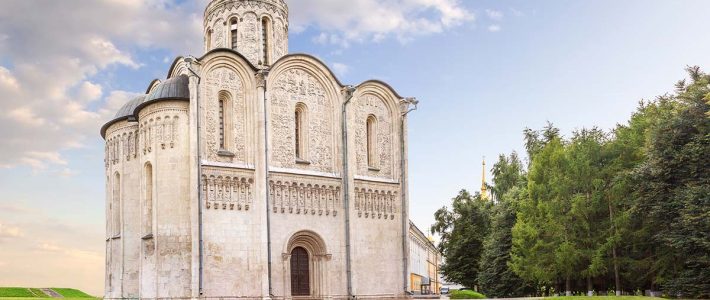
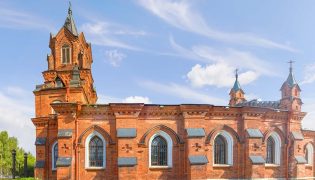
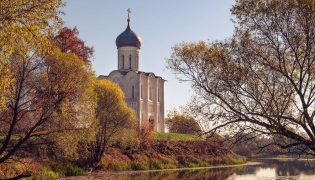
Overview
The Golden Ring of Russia is a tourist route that passes through the ancient cities of North-Eastern Russia, where unique monuments of the history and culture of Russia, centers of folk crafts are preserved.
Eight major cities are traditionally included in the Golden Ring – Sergiev Posad, Pereslavl-Zalessky, Rostov the Great, Yaroslavl, Kostroma, Ivanovo, Suzdal, Vladimir. However, to visit only 8 major cities is simply to put a banal tourist checkmark “We saw the Golden Ring” and miss Ples, Murom, Vologda, Uglich, Kideksha and dozens of other interesting places.
These areas are best explored by car or bus, moving off the tracks to country roads, looking into villages that are not spoiled by tourists and admiring classical Russian landscapes from the window. Travel agency “Russian Tour” shares ideas about tasting jam and moose milk in the Golden Ring of Russi.
Sights
-
SERGIEV POSAD
The town is named in the honor of Saint Sergiy Radonezhskiy. In the 14th century, he founded here one of the biggest and the most significant monasteries in Russia – Troitse-Sergiev Monastery that today is a Russian kind of Vatikan. It includes a seminary, a very large library of religious literature, and a historical museum. Many famous icons, monuments of
antiquity, and treasures are stored here. Going out the gate, admire the Kelar pond. You can also look into the Toy Museum there: the collection is selected with the thoroughness characteristic of state museums. Then delve into the old quarters: look at the wooden houses and spy on the life of the locals. Having emerged from the prospectus of the Red Army, go to lunch at the “Russian Courtyard”: the interior and the serving are antique, the kitchen is in Russian style. -
VLADIMIR
The Prince Vladimir Monomakh as a fortress founded the town in 1108. It was a cultural and religious center of North-Eastern Russ. Vladimir is recognized by UNESCO as
one of the most valuable treasures of international heritage. All the museums of the town are part of the State Vladimir-Suzdal Art and Architectural Museum-Preserve. Attractions include military-historical exposition, crystal exposition, exposition of lacquer miniatures, and embroidery exposition. Uspensky Cathedral is a world-famous architectural monument, Dmitrievsky Cathedral is one of the most beautiful and original cathedrals of Ancient Russ, a chance to see the military-engineering architecture of days past.
Like eight and a half centuries ago, there is the Golden Gate, which, however, has since changed considerably. We recommend the Borodin Forge, where excursions are organized
from Friday to Sunday. At the same time, you can buy or make souvenirs: anyone can forge nails or horseshoes under the guidance of a master. -
SUZDAL
Suzdal is situated on the bank of the Kamenka River, built by several generations of Russian artisans. Nowadays Suzdal is a museum with more than 200 historical and architectural monuments. The Museum of wooden architecture and pleasant life is created in the place of the former Dmitrievsky Monastery. The wooden buildings were brought here from
different districts of the Vladimir region. The tour goes to the Kremlin, Bishops Chambers, the Savior-Yevfimiev Monastery, and Nikolskaya Church.
Suzdal is one of the most beautiful Russian cities located in the Vladimir region. Interestingly, there is no single industrial enterprise in Suzdal, which makes it an environmentally
friendly place. It is pleasant to visit Suzdal any of the seasons, but it will be most comfortable in the city in May-June or during the autumn season. Suzdal is especially beautiful at this time. -
KOSTROMA
Kostroma is one of Russia’s Golden Ring cities, located 370 kilometres from Moscow on the banks of the Volga and Kostroma Rivers. It is one of the few Russian cities that have
generally preserved their unique and distinctive architectural appearance and charm. It is considered the Russian capital of jewellery, linen, and cheese. The Ipatievsky Monastery,
the Museum of Andrei Tarkovsky, an eminent Russian film director, Snegurochka’s (Snow Maiden) wooden house, and even a monument to the dog Druzhok are all places loved by
travellers. Kostroma is also a major transportation hub, it has its own river port and an airport.
The city’s architectural heritage is very diverse: Ancient Russia monuments (mostly religious buildings) and traditional wooden houses; baroque and classicism, so-called “Russian” style of late XIX – early XX centuries, constructivism and neo-classicism of the Soviet period are all represented in Kostroma. Overall, there are more than 500 monuments of
history and culture in Kostroma, including 60 monuments of federal importance. The history of Kostroma is closely interconnected with that of Russia’s statehood. For example, it
was there that Mikhail Fyodorovich Romanov was born and elected as the first Tsar of the Romanov dynasty. -
PERESLAVL-ZALESSKY
Pereslavl-Zalessky is an ancient picturesque lakeside town, located 140 km from Moscow, – a true gem of the Golden Ring route. The town is believed to have been established in
1152 by Prince Yury Dolgoruky. Its history is associated with a large number of prominent figures (e.x. Alexander Mountain used to be a pagan temple before the introduction of
Christianity into Russia. In the XIIIth century, Prince Alexander Nevsky founded the first Orthodox monastery there. At present, there are no buildings on the mountain left but a
large wooden cross and a beautiful panoramic view of the town). It was there that young Peter I the Great constructed a “fun fleet” in 1693, which became a prototype of the first
Russian fleet on the Baltic Sea.
Pereslavl-Zalessky is a small town; nonetheless, it has six monasteries (the oldest of which is the Nikitsky Monastery, founded in the XIIth century), nine churches, and over a dozen museums and art galleries. This town has its own Red Square, which used to be the meeting place for Veche, or the People’s Assembly. Its main attraction is the XIIth century Cathedral of Transfiguration of the Saviour, the oldest surviving monument in Central Russia. -
YAROSLAVL
Yaroslavl is the largest and second oldest (founded 1010) city of Russia’s Golden Ring. It was founded in 1010 by Prince Yaroslav the Wise. Embraced by two rivers, the mighty Volga River and the smaller Kotorosl, its centre is dotted with onion domes, like no other place in Russia. Famed for its picturesque riverside promenade, medieval churches and frescoes, the city boasts a UNESCO protected city centre with its immense medieval gates and towers and traditional Russian architecture of XVIIIth and XIXth centuries.
The central part of Yaroslavl, built in accordance with the layout approved by Empress Catherine the Great in 1778, is a remarkable example of urban Classicism. Art Nouveau buildings, constructed at the turn of the XIXth-XXth centuries, are true architectural gems of the city’s urban landscape. One of its most celebrated highlights is the Church of St. John the Baptist, a true masterpiece of Yaroslavl architecture of the XVIIth century, and monument of world importance. Grandiose in size, fantastic in its 15-dome silhouette, the
church impresses with its luxury and frescoes, and is a real encyclopedia of biblical plots. -
ROSTOV VELIKIY
Rostov Veliky, or Rostov the Great, is a small lakeside town in the Yaroslavl region, the oldest city of Russia’s Golden Ring. It is located 200 kilometres from Moscow, on the western
shore of Lake Nero, which is over 500 000 years old. In 991, the first Christians of Rostov were baptized in its waters. What used to be an important political, economic and
religious regional centre, first mentioned in the chronicles in 862, has now become a serene green rural town with its elegant white stone churches and traditional wooden houses.
The centre of Rostov Veliky is dominated by a gigantic white walled Kremlin, the city’s major highlight often considered the finest Kremlin outside Moscow. -
IVANOVO
Ivanovo is one of Russia’s Golden Ring cities, located about 300 km northeast of Moscow. It is also known under such names as the “city of brides”, the textile capital of Russia, and
the “Russian Manchester”. While being primarily an industrial city, it is also one of the historical and cultural centers with some 400 historical and architectural monuments.
Ivanovo has traditionally been considered the center of the textile industry in Russia, although at present the number of textile enterprises has slightly decreased, compared to the
Soviet times. In 1918 Ivanovo was the temporary capital of the revolutionary government, and during the 1920s-1930s it experienced its heyday, due to its reputation as a revolutionary proletarian city, which is why avant-garde and constructivist architecture is largely represented there. -
CHURCH ON THE NERL
This XIIth century white-stone church in Bogolyubovo near Vladimir is a true masterpiece, with its slender silhouette reflecting in the waters of the river Nerl. According to the legend, the townspeople bid farewell to the fleet departing to the war against the Volga Bulgars. Izyaslav, son of Andrew Bogolyubsky, did not return from that war, and the church
was built in his honor. The Church of the Intercession is enchanting in its simplicity and the harmony of its proportions. Its excellence is recognized around the world, and got it into
the list of UNESCO World Heritage sites. -
VLADIMIR’S GOLDEN AGE
Founded at the dawn of the XIIth century, Vladimir became the cradle of Russia’s history when Prince Andrei Bogolyubsky moved the capital of the country there from Kiev in
1169. That was the beginning of Vladimir’s Golden Age; Prince Bogolyubsky and his brother initiated the construction of a large number of beautifully carved white-stone buildings
the area is now famous for. There are three UNESCO World Heritage Sites in Vladimir: the Golden Gates, the Assumption Cathedral and St. Demetrius Cathedral. At the Chamber, the
city’s largest museum, you will have an opportunity to see painting exhibitions; learn the history of children’s toys and Russian peasants’ traditional way of life. Another must-see
attraction of the city is the Crystal Lacquer Miniatures and Embroidery Museum and its exhibition that takes up the entire three floors. -
SUZDAL’S CHARMING VILLAGE
Suzdal is one of the smallest towns on the Golden Ring route, yet it contains more examples of architectural monuments than any other town. With the history dating back to 1024, it
stayed aside from industrial development, and still has the look of a charming village with fascinating panoramas. Its major highlights include the Kremlin, the Museum of Wooden Architecture, Trade Square and the Monastery of Saint Euthymius. Suzdal’s medieval architecture and wooden houses fit perfectly into the natural landscape. The picturesque Kamenka river flows around the main attractions and looks especially good in June with water lilies in bloom. -
ST. SERGIUS MONASTERY
Sergiev Posad is a picturesque town, located 75 km northeast of Moscow. The town is famous for its XIVth century Trinity Monastery of St. Sergius, one of the most important centers of the Orthodox Church and a major pilgrimage destination. The monastery is included in the UNESCO list of World heritage. Its complex of medieval buildings is deemed a rival to
the Moscow Kremlin. Standing in the cathedral square you can trace the history of Russian architecture from the early XVth up to the XIXth century. Sergiev Posad is the birthplace of matryoshka, also known as the Russian or nesting doll. You can see some rare nesting dolls and other wooden toys and dolls in the Toy Museum or do some matryoshka-shopping in the market square near the monastery gates, or try yourself at a matryoshka-painting master class.
Hotels
-
HOT KEYS ECOHOTEL SUZDAL
Number of rooms: 85
Distance to the city centre: 3 km
Distance to the airport: 250 km
Address: 14 Korovniki street, Suzdal, Russia 601291HOT KEYS ecohotel Suzdal is a modern hotel designed in the old Russian countryside style, each of its buildings resembling genuine wooden huts. Vast meadows, dense forests and rivers surrounding the hotel will make you feel as if you were staying in an ordinary Russian village. Hotel offers the following facilities: several restaurants and a bar, Russian bath complex (11 different kinds of traditional baths), billiards, a karaoke, sports equipment rental, horse riding, children’s playground and a mini-zoo, a museum complex, conference rooms.
-
PUSHKARSKAYA SLOBODA SUZDAL
Number of rooms: 159
Distance to the city centre: 1 km
Distance to the airport: 250 km
Address: 45 Lenin street, Suzdal, Russia 601293PUSHKARSKAYA SLOBODA hotel is located just within a five-minutes’ walk from the Suzdal Kremlin, and it is the only hotel in the region that has been assigned the 4*category. The hotel will immerse you in the atmosphere of the ancient Russian capital. The architectural ensemble of the complex combines village huts of the Russian farmstead with original XIX century stone buildings. There are several restaurants on site that serve traditional Russian and European cuisine. The hotel’s facilities and services include: shuttle service (extra charge), Laundry, free Luggage storage, a business center, Billiards, a sauna, private parking, bicycle rental.
-
AMAKS GOLDEN RING
Number of rooms: 249
Distance to the city centre: 5 km
Distance to the airport: Moscow Vnukovo – 220 km, Moscow Sheremetyevo – 210 km, Moscow Domodedovovo – 210 km
Address: 27 Chaikovskogo str., Vladimir, Russia 600028AMAKS Golden Ring Hotel in Vladimir combines the best features of a business hotel and a modern entertainment complex. The hotel offers its guests the most ample opportunities for dining and entertainment: four restaurants and a bar, four conference and banquet halls with up to 340 seat capacity, a Business center, Bowling and Billiards, a Night club, a Confectionary shop, a Men’s club, a Lobby bar, a Beauty shop, a fitness center with a sauna and a massage room, Private Parking for up to 200 cars. After a tiring trip the guests are invited to unwind in the wellness center «EDEM» offering a gym, a sauna, a swimming pool, a Jacuzzi, a solarium, and professional massage.
-
VELES ECO-HOTEL
Number of rooms: 145 rooms and 17 cottages
Distance to the city centre: 54 km from Suzdal
Distance to the airport: 250 km
Address: 16 Dvoriki Village, Vladimir Region, Russia 16601316VELES is an acclaimed hotel complex, granted with a number of hospitality awards. It is located in the Vladimir region in a picturesque forest area in an ecologically clean zone. The hotel provides multiple outdoor activities for your perfect family vacation. The hotel’s amenities and services include a football field, a tennis court, ice rink and ski track in winter, bike, ski, horse riding, Wellness & SPA (a pool with Jacuzzi, Finnish and Turkish baths, a gym), barbecue, a playground, a mini zoo.
